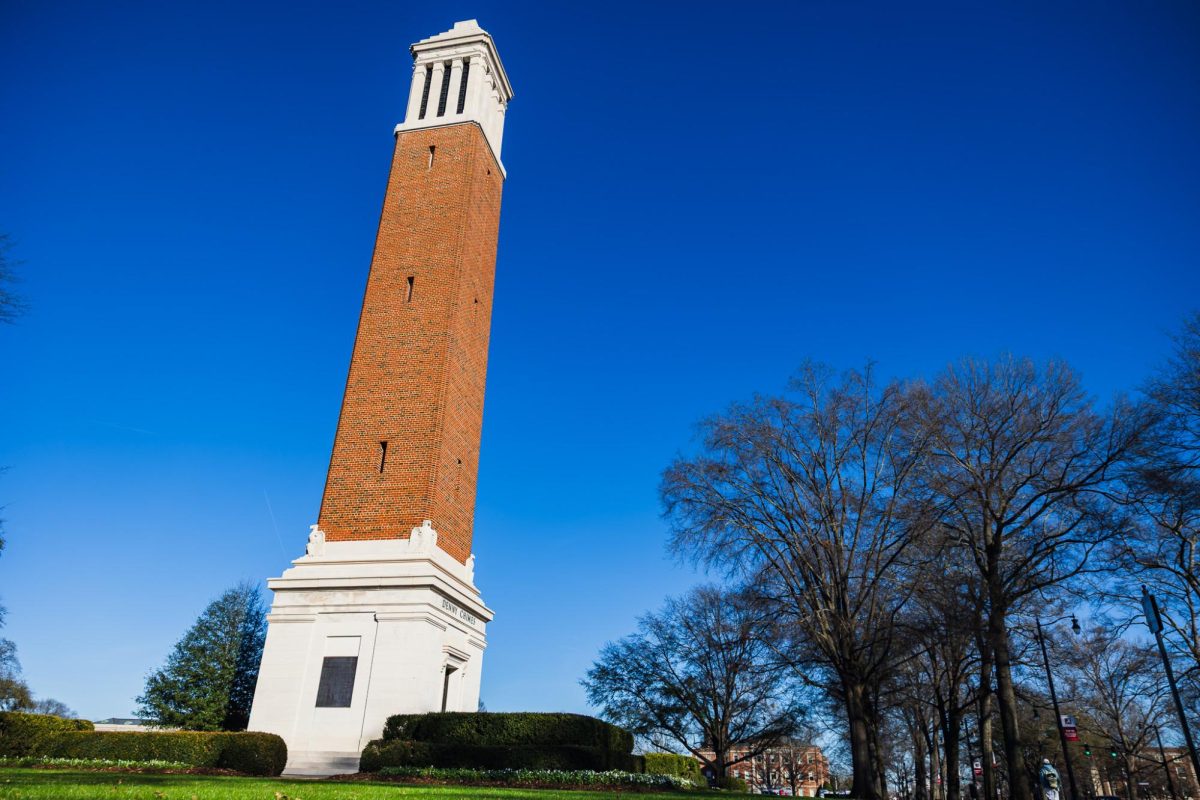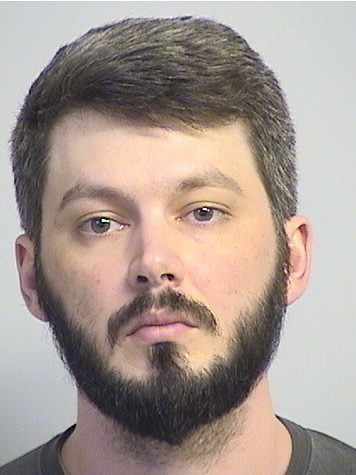There are still places you can go to see the destruction of the tornado that tore through the heart of Tuscaloosa on April 27, 2011. But as the three-year anniversary of the tornado approaches, it has become easier to mark the tornado’s path in terms of recovery and renewal, rather than ruin.
John McConnell, director of planning and development services for the city of Tuscaloosa, said development in the wake of the storm has ranged from important, if subtle, realignments of previously dangerous intersections to the long-term planning of the CityWalk.
“Probably the best word to describe it is opportunity,” he said. “Opportunities that didn’t exist prior to the storm.”
Tuesday saw the grand opening of the Richard A. Curry Environmental Sciences Building. McConnell said the storm allowed the department to “expand, refine and modernize their operations.” He also said the construction of a new and improved Alberta fire station and the upcoming Alberta School of Performing Arts were examples of infrastructure projects that did not exist prior to the tornado.
“I’m very proud of the projects that have been unveiled and the projects that are underway, and I think that in the coming decades, when my children are getting older and becoming adults, they will look back and be very thankful that the city leaders and the community took the steps to take advantage of the opportunities that that incredibly tragic event presented,” McConnell said.
(See also “Residents discuss tornado recovery“)
Another opportunity that presented itself after the storm has been the potential for public-private partnerships, and McConnell said while the projects currently underway stem from the recovery plan originally developed in the aftermath of the storm, changes and revisions continue to be made.
“Many of those things are continually being refined and reshaped,” he said.
Andrew Graettinger, a professor of civil, construction and environmental engineering, continues to research ways to refine and reshape building construction standards to improve safety. His research has taken him and the other members of his research team from the Tuscaloosa tornado’s recovery area into Joplin, Mo., and Moore, Okla.
“In each case, we are looking at how to improve building strength to reduce economic loss and, more importantly, [make] sure that people are safe if a tornado hits,” Graettinger said. “Observations we made in the field after tornadoes are showing engineers and contractors where the weakest parts of the structure are.”
He said one strong recommendation is the inclusion of safe rooms in the rebuilding process.
“Small adjustments in how we build will make buildings stronger and people safer, which makes our community better prepared for the next tornado,” Graettinger said.
Out on the street, areas of Tuscaloosa that seemed emptied and devastated after the storm are filling back up with stores, restaurants and housing. Brendan Moore, director of economic development for the city, said the McFarland/15th Street corridor especially is receiving heavy interest from developers and businesses.
“Tuscaloosa is on the map, which is fantastic,” Moore said.
Shortly after the storm, several businesses like Hokkaido and Krispy Kreme returned quickly. The city is now in a second wave of development, he said, as it anticipates the debut of the Shoppes at Legacy Park and the arrival of businesses like a combination Dunkin’ Donuts/Little Caesar’s.
“I would say the next 12 to 18 months are very pivotal,” he said.
Moore said a location of Strange Brew Coffeehouse, based out of Starkville, Miss., and a PDQ location, a casual, quick-dining restaurant, are in the pipeline as well. As public infrastructure projects begin to merge with private development, students can expect to notice an upcoming third wave of development, Moore said.
(See also “Church receives donation to rebuild after tornado“)
He said redevelopment in the recovery area will have a ripple effect that will impact the whole city.
“I think the community will see positive changes,” he said. “It will take some time to put the pieces together. We have active projects in all parts of the city, which is really, really exciting. That tells me we’re doing something right in the city of Tuscaloosa.”
On the academic side, UA professors are already beginning to piece together trends from before and after the tornado. John Lochman, Doddridge Saxon Chair of Clinical Psychology, had an existing set of wide-ranging data concerning the psychology of children in the area from before the tornado.
After the storm, he secured funding to compare, contrast and study the changes in those same children.
“The rationale for seeking funding to follow these children over time really comes because there is very, very little literature on children’s changes before and after major traumas,” Lochman said. “Almost all of [existing studies about major trauma] examine children’s behavior after the event, so it’s unclear how much the event changed that.”
Having large amounts of data from before the storm allowed Lochman and a nationwide team funded by a $1.9 million grant to dig into psychological trends of storm survivors and children living through a storm and recovery. An initial observation they have made is that in the first 90 days following the tornado, the children in the study were actually less likely to have issues with depression or behavioral problems.
“These at-risk children right after the tornado, according to what we heard, were receiving much more support,” he said. “The immediate after-effects of the tornado, other than the tornado itself, produced some things for the group as a whole that were helpful.”
As the anniversary of the tornado approaches, Lochman said he encourages teachers and parents to watch for signs of long-term trauma in children and seek counseling if necessary. He said he predicts that some of the children who experienced community support might have returned to problematic behavior, but also expects signs that the psychological legacy of the tornado might have turned in a hopeful direction.
“What we anticipate is that some of the kids might have started a positive spiral in their behavior,” Lochman said. “And their emotional functioning [might really have] continued to improve.”
(See also “Alberta on slow road to recovery“)








